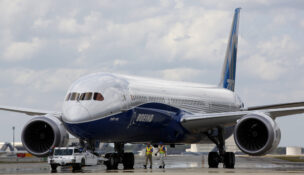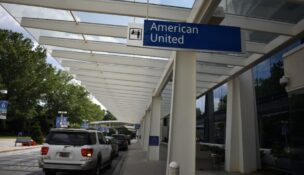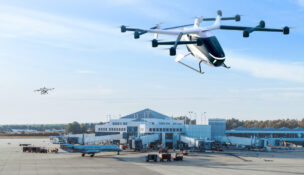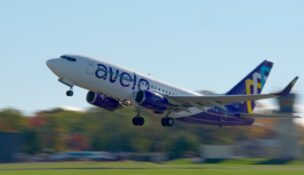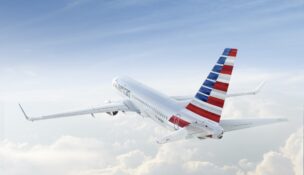Greenville Downtown Airport lifts local economy
Staff Report //February 26, 2018//
For Greenville, the direct and indirect impact of the Greenville Downtown Airport (GMU) last year included 547 jobs with a payroll of $24.9 million and $68.8 million in economic activity, according to a press release from the airport commission. The employment number is up from 453 in 2006 when the last study was done, and the payroll and economic activity numbers have just about doubled, from $13.4 million and $35.2 million respectively.
The South Carolina Aeronautics Commission released those numbers in its Statewide Aviation System Plan and Economic Impact Report, concluding that South Carolina’s network of 57 publicly owned airports contribute $16.3 billion annually to the state and local economies, while supporting almost 165,000 jobs.
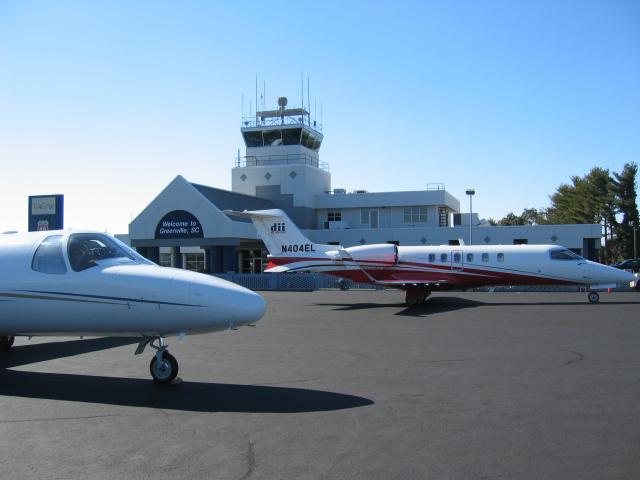 Directly, 181 people worked for GMU or its tenants. Except for Donaldson Center Airport, which has a different focus as an airport for industrial manufacturing, Greenville Downtown Airport is by far the largest direct employer of the state’s general aviation operations. Facilities like Greenville-Spartanburg International and Charleston International are commercial airports and in a different category.
Directly, 181 people worked for GMU or its tenants. Except for Donaldson Center Airport, which has a different focus as an airport for industrial manufacturing, Greenville Downtown Airport is by far the largest direct employer of the state’s general aviation operations. Facilities like Greenville-Spartanburg International and Charleston International are commercial airports and in a different category.
????The report notes that aviation supports about 7% of South Carolina’s job market through direct employment and through companies that rely on aviation.
“Almost everyone in Greenville knows someone who works at Lockheed Martin,” Frasher said in a news release. “These people would not be employed here if it weren’t for our local airports. The same can be said for all the military aviation personnel our local airports and state host.”
The study shows that, from various sources, airports directly generate $657 million in state tax revenue. It also reports that aviation demand is expected to grow and that airports need to be maintained and funding increased to support this mode of transportation’s infrastructure. Based on previous funding history, the study determined that only 25-50% of the airports estimated annual needs will be available from the current state budget and the Federal Aviation Administration. The FAA can supply 90% of the funding needed for eligible projects at airports if state and local funds are available to fund the remaining 10%.
p






